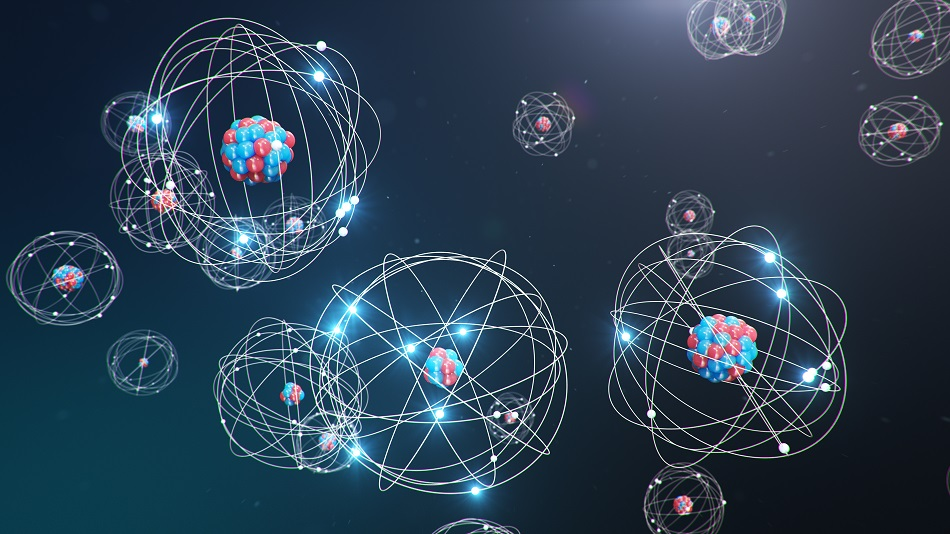Article Updated 28th July 2021

Image Credit: Rost9/Shutterstock.com
An understanding of what high-temperature alloys are is necessary before discussing their visible structure at the quantum level. High-temperature alloys are often called ‘super-alloys’ due to their excellent mechanical strength and resistance to oxidation or corrosion. They also possess good surface stability and are effective at temperatures above 500 degrees celsius. Consequently, they are also resistant to thermal creep deformation (the tendency of a material to slowly and permanently warp under mechanical stress). These alloys are highly valued in the manufacturing and information technology industries because of their properties.
At the quantum level, the electrons that govern the makeup of these alloys tend to behave in the up-down formation expected. Variation occurs when scientists can control the direction of the electron spin, which is exactly what researchers at the US Department of Energy and Argonne National Laboratory have found. Experimenting on the super-alloy of cobalt-iron (many high-temperature alloys often consist of nickel, iron, and cobalt), researchers found a surprising quantum effect; the aforementioned ability to control the spin of an electron. Changing the directional spin has allowed these researchers to alter the electron’s magnetic state, allowing for more information to be stored and retrieved utilizing a much smaller surface space.
This discovery is of particular interest to the information technology industry – most computer hard drives are composed of cobalt-iron material. Until now, accepted wisdom only allowed for electron spin in a preferred direction and magnetization. Thanks to the research teams at the DOE and Argonne National Lab, incredible opportunities have been opened. The visual effect of this alloy at the quantum level is an arrangement of cobalt-iron atoms in a regular lattice formation that eliminates the electron directional effect. Previously, this was achieved by baking the alloy at a high temperature. By squeezing the alloy at the atomic level, atom separation is altered causing them to interact differently in the crystalline lattice environment.
This Quantum critical behavior has been theorized for a long time because of its behavior being associated with high-temperature superconductivity (something every manufacturer and energy supplier wants), but it is only recently that breakthroughs are beginning to occur. A global movement towards low carbon energy, increased safety, and the next generation of nuclear reactors could benefit from this super-alloy discovery.
However, the research from the DOE in the US is not alone. Qimiao Si, a physicist from Rice University has separately discovered how a geometric arrangement of atoms in an alloy composed of cerium, palladium, and aluminum can be changed using a combination of pressures and magnetic fields. The experiments demonstrated how it is possible to alter the alloy’s electron path, allowing scientists to observe the rules that govern electron behaviors instead of speculating. The arrangement of cerium atoms in this alloy is that of an equilateral triangle which some are calling a ‘Kagome Lattice Arrangement’ owing to its visual similarity to Japanese Kagome baskets. When so ordered, the Kagome arrangement ensures that the usual electron spins accepted by conventional wisdom do not settle themselves into the expected patterns.
At the quantum level, the high-temperature alloys used in the day-to-day things we take for granted, do not look as speculated. Thanks to the research being conducted, the super-alloys may represent a new way for us to manipulate electron spins allowing for increased information storage on a hard drive, superior power plants, and more efficient and stronger magnetic bearings. These are exciting times for quantum research and application.
Sources and Further Reading
Disclaimer: The views expressed here are those of the author expressed in their private capacity and do not necessarily represent the views of AZoM.com Limited T/A AZoNetwork the owner and operator of this website. This disclaimer forms part of the Terms and conditions of use of this website.